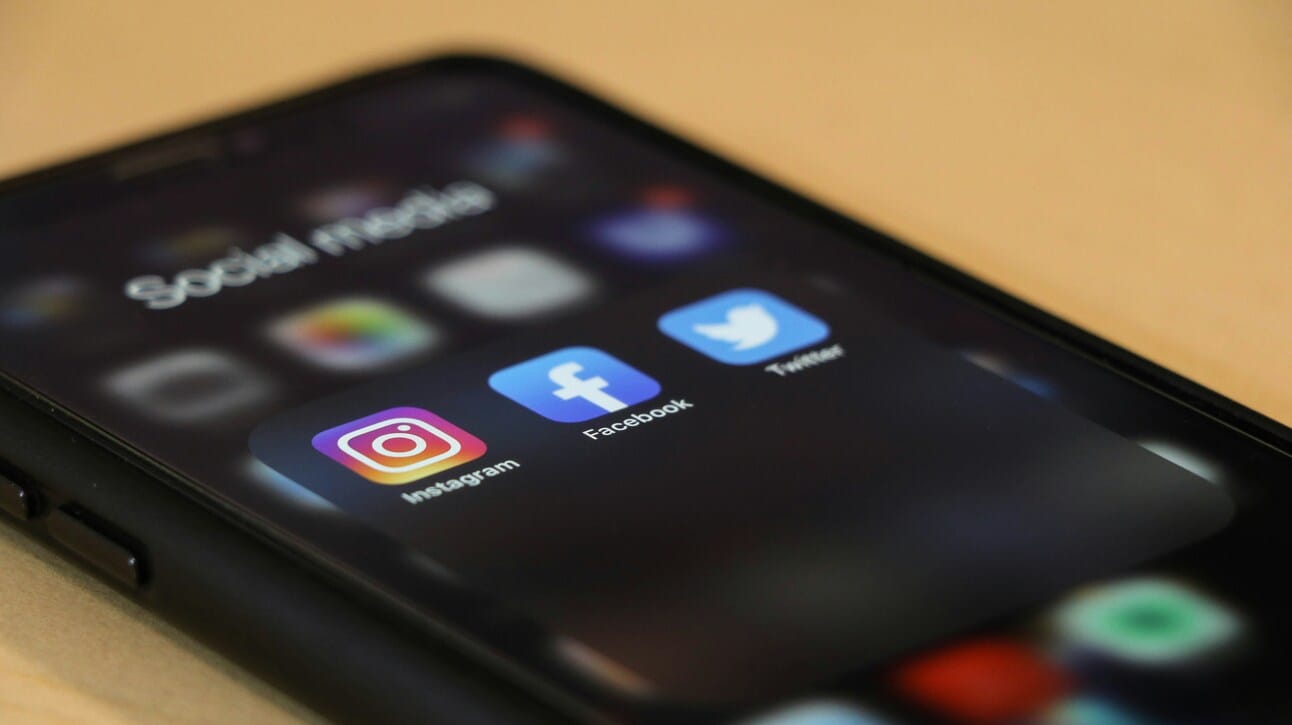- NIL Wire
- Posts
- 🏅NIL means younger (and younger, and younger) athletes are building brands
🏅NIL means younger (and younger, and younger) athletes are building brands
With more than 30 states now permitting high school NIL deals, thousands of youth athletes are building brands that could support them through college
Hey everyone,
Today’s newsletter is yet another peek at what would usually be premium content. It comes from guest author Sarah Knott, an award-winning copywriter and creative director.
Let’s get to it!
— Joan
QUICK HIT
The SCORE Act continues churning through Congress
Government never moves fast. But the SCORE Act — which seeks to create national standards for NIL deals, to prevent athletes from becoming employees and to grant antitrust exemptions to conferences and the NCAA — is chugging along. This week, it advanced out of a House subcommittee on a 12-11, party-line vote. (Republicans voted for it, Democrats against — but it is worth noting that the bill has two Democratic co-sponsors: Reps. Janelle Bynum (Oregon) and Shomari Figures (Alabama). Next up, the proposal advances to a full committee.
Before NIL, the biggest question in youth sports used to be: “Is my kid an exceptional athlete?”
Now, it might be: “Is my kid a viable commercial product?”
Let’s be clear: The idea of “individual as brand” isn’t new. Politicians, actors, professional athletes — maybe the first human who traded a cool cave drawing for a meat stick — all profited from talent. They provided something, they got something. It’s a tale as old as time.
Marcee Tidwell put it best in Jerry Maguire: “My husband has a whole plan,” she said. “He deserves the big four: shoes, cars, clothing line, soft drink.”
She was talking about an NFL player. But today, that line could just as easily apply to an 11-year-old.
Starting Early
With more than 30 states now permitting high school NIL deals, thousands of youth athletes, some as young as 13 and 14 years old, are free to make money while also building brands that could support them through college. Creative branding questions, once reserved for billion-dollar managers, are now being asked in minivans and family rooms. Parents and kids may wonder:
What does my young athlete value?
What is their mission statement?
What is their visual style?
Do we need to define their brand voice?
What about an editorial calendar?
What are potential partnerships?
Who are their friends?
What is their personality?
Adam Kahn, the chief creative officer at advertising agency Grey Midwest, hasn’t had any young NIL athletes as clients — yet. But he said if someone were to ask him for branding advice, he would recommend defining a clear angle to illustrate what makes a young athlete’s point of view and content stand apart from the rest.

“What will make their content and brand ownable?” Kahn said. “What’s the one thing that they do differently?” He cited the tech world as a comparison, how Apple challenged Microsoft by being, he said, “about creativity versus a corporate box.”
As a lacrosse dad and social media consumer, Kahn has seen a lot of killer lacrosse TikToks. The ones that spark a following, he said, have something special: a precision drill, an interesting trick or something more visibly unique — an aspect the athlete can call their own.
“It doesn’t have to be so out there, like a MrBeast, but start with figuring out what the one thing is that you can evolve with,” he said. And he stressed that athletes should be safe. Understanding how social media works and what to watch out for should be top priority.
Other Trending Questions
The thought of a young athlete building a brand before they’ve taken their PSATs leads to deeper questions. Like the larger social media conversation, it’s worth wondering how years of branding and media creation might affect young athletes beyond the financial gain. How could it impact their states of mind as adults? Will colleges start offering therapy as part of their recruiting packages? How might a kid profit without ending up in a Netflix documentary like “Bad Influence: The Dark Side of Kidfluencing”? (Short version, if you don’t want to watch: abuse, lawsuits, child labor violation investigations, controversy — the works.)
And what kind of micro-economy could this be creating? For example, elite basketball clubs are producing sizzle videos and posting on social media on behalf of players not yet in high school. Will parents pay extra for this? Kristen Collinsworth, the mother of a youth baseball player in Kentucky, said she hasn’t heard parents talk about NIL, then added: “But we did just get some info on a press junket thing for 12-year-olds.”
One more angle to watch could be young athletes who build brands that earn just enough to get ahead. Attracting smaller advertisers could help them earn enough to pay for college or a down payment on a house. For example, former Michigan basketball player Adrien Nunez transitioned his NIL influencer earnings and followers into a new country music career path.
Who Will Be the Next Livvy?
Though talent will usually be the deciding factor, there’s another path to huge opportunity that isn’t for the Caitlin Clarks of the world. It’s for the savvy bench warmer who knows how to market herself. It’s the chance to build a brand bigger than the talent.

It’s not easy, but it’s happening. There’s Livvy Dunne, maybe the seventh- or eighth-best gymnast on LSU’s team, and Jon Seaton, a walk-on offensive lineman now playing for Ole Miss. Both have millions of social media followers, which they converted into millions of dollars. But ask any corporate brand manager, and they’ll tell you: Brand-building takes time, energy, support, resources, contacts and constant attention, not to mention the resilience and strength to cope with the comments section. The work is on, 24/7, which means the work is never done.
So as fans of sports, we have to ask ourselves: When 11-year-olds are branding themselves like the next great shoe, car, clothing line and soft drink — are we raising savvy entrepreneurs or making them fizzle out too young?
Sarah Knott is an award-winning copywriter and creative director. She is also a shelter dog enthusiast.